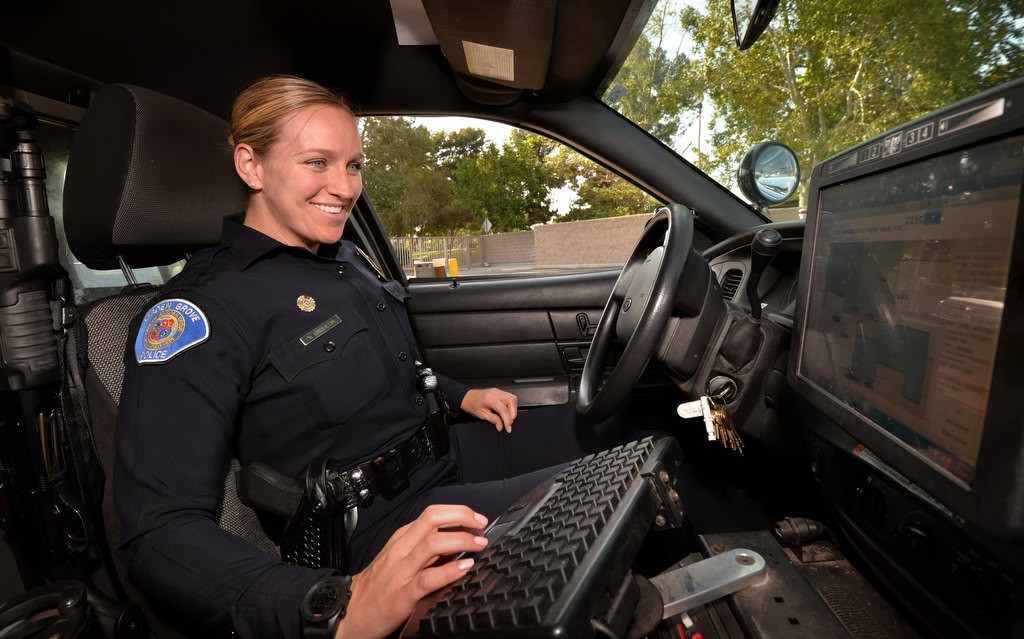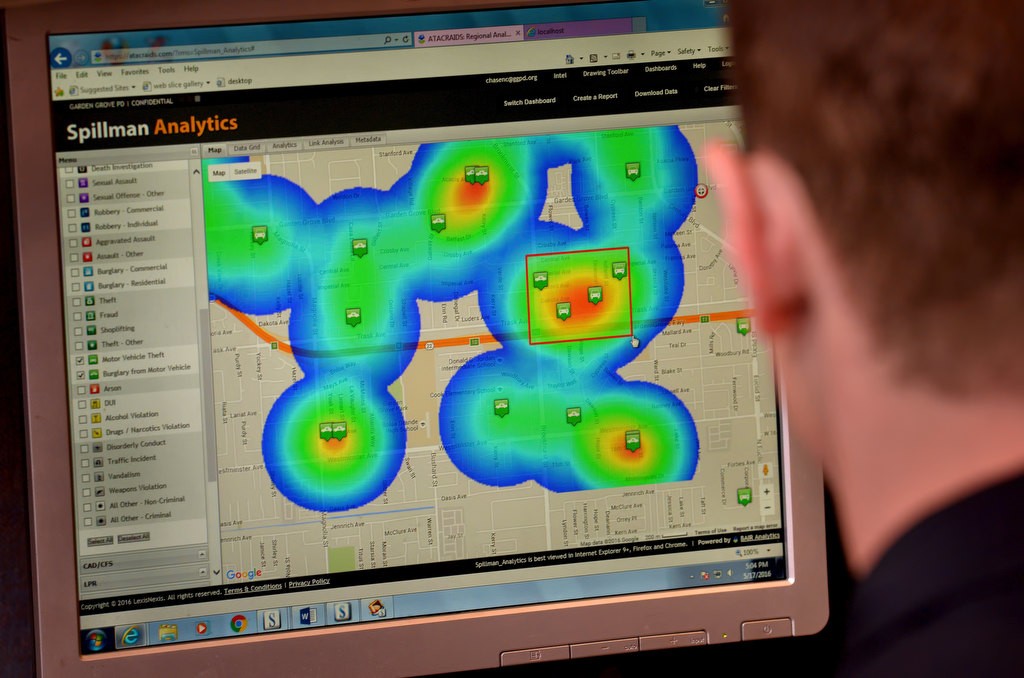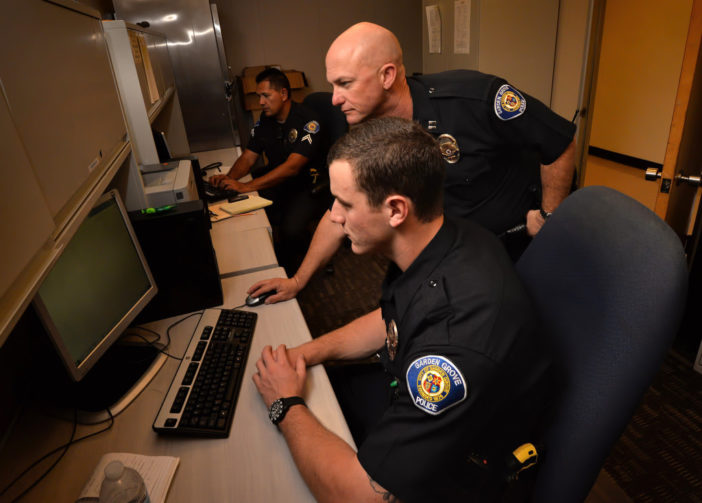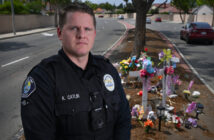The Garden Grove PD has been busy over the past eight months changing the way the agency goes about solving crimes. But the PD’s new secret weapon isn’t actually a weapon. It’s something much more benign sounding, but equally as powerful: computer software.
But not your ordinary software.
The fully integrated computer software system developed by Spillman Technologies was rolled out in September throughout the agency’s entire network, controlling every function performed at the station and via patrol vehicles, including dispatch, records management, report writing, evidence, mobile communications and crime analysis.
The new system also gives the general public some very detailed crime information in almost real time.
“It can be used for predictive policing,” said Capt. Travis Whitman, who spearheaded the integration of the new system into the agency’s workflow.
Though the system has only been in place for several months, the agency’s upgrade has been in the making for several years.
It started with a thorough systems analysis that revealed delayed workflow and a need for some improvements.
Following a competitive bidding process, Spillman Technologies, with more than 30 years in business and over 1,200 law enforcement clients, developed and implemented an impressive system that is already demonstrating its ability to cut workload, increase efficiency and improve public access.
“The transition, from a management perspective, has been remarkably smooth considering the monumental change that we made,” said Whitman. “I credit that to all of the men and women of the police department. Everyone rolled up their sleeves and worked hard to learn the new system.”
For the general public, the agency’s new system offers detailed information on criminal activity in the area, easily available through the Garden Grove city website under “crime dashboard” and “crime map.” Visitors can compare time periods for a specific crime (for instance, simple assault or disorderly conduct) through the dashboard and also find crime hotspots through the crime map.
“We had an auto theft where we used this hotspot analysis to identify an auto theft trend,” said Whitman, adding that the investigation led to an arrest.
While it still takes good, old-fashioned police work to catch criminals, the system’s analytic abilities help point law enforcement in the right direction.
“It’s no crystal ball, but it does give us the best chance that we can get for deploying resources,” said Whitman.
Visitors on the site can click on a crime map icon and get information about the call, including case number, type of call and the hundred block of the address. The public can also sign up for crime-specific alerts that are emailed daily, weekly or monthly, and there is also a free iPhone app.

Garden Grove Officer Vanessa Brodeur demonstrates the use of the new Spillman computer software in police cars.
Photo by Steven Georges/Behind the Badge OC
“The really cool thing about this whole thing, it’s all real time,” said Whitman.
Whereas prior to the new system, it could take two weeks for even a detective to obtain this kind of information, now the information shows up on the crime map as soon as officers clear the crime scene.
And not only is all the information available via the city website, but it’s also now in every officer’s patrol vehicle, with additional information like an exact address and full report.
“Officers now have instant access to all crime reports,” said Whitman, adding that the old system required officers to call the records department, have someone there pull the report and read it over the phone.
For patrol officers like Pete Arellano, the new system has made life a little easier. He said things have shifted over from manual inputs into auto population of information. For instance, instead of having to check a series of boxes and input other information for a report, everything auto populates once dispatch puts it in, saving him something around 30 minutes of work per report.
And the analysis component has proven to be “a large asset,” Arellano said. To perform a crime analysis before would require painstaking research through reports, but now crime hotspots are easily generated in order to “direct your patrols more in that area.”
Helena Elsousou, a crime analyst in the Crime Analysis Unit, said that in the old system the crime data was pulled daily and manually input into an Excel sheet for analysis. Once the unit is fully integrated into the new system, this process will be automatic, she said.
While there has been somewhat of an adjustment period for all the departments as everyone learns to adapt to the new system – after all the previous system had been in place for 16 years – things are moving along.

Officer Chasen Contreras uses the Garden Grove PD’s new Spillman software on a map of Garden Grove to analyze trends of where recent motor vehicle thefts and burglaries have occurred.
Photo by Steven Georges/Behind the Badge OC
In dispatch, the new system allows dispatchers to organize calls better through color-coding and they’re also able to view where officers are located in relation to a call with the help of the GPS mapping system, according to Police Communications Manager Rebecca Meeks.
“They’re all very computer literate in dispatch so they’re adjusting well,” she said.
According to Eric Quintero, senior community services officer in Property and Evidence, the new system has put all the PD’s departments on the same page.
“What it has done is kind of made us interconnected,” he said, adding that now instead of a separate program for the property department and a separate one for records, for example, everyone is on the same system, increasing communication and efficiency. “We’re all speaking the same language.”
And the community component cannot be overstated.
“It’s really about … the partnership we have with the community,” said Whitman. “We can’t do our job without their help.”
 Behind the Badge
Behind the Badge



